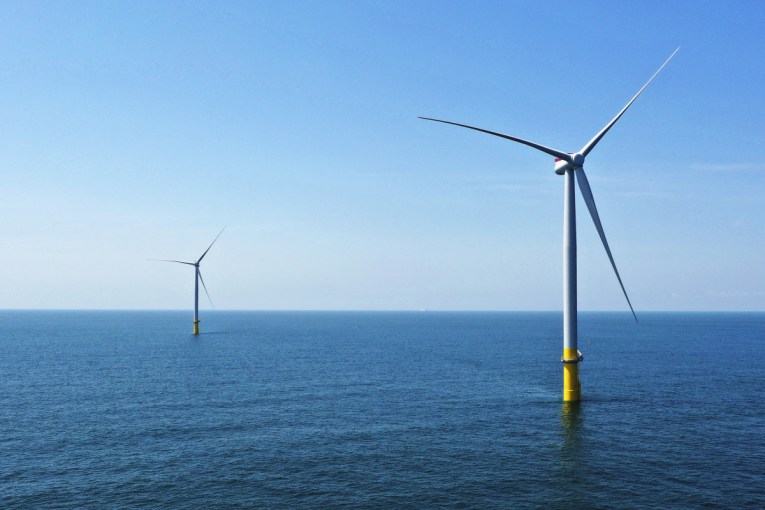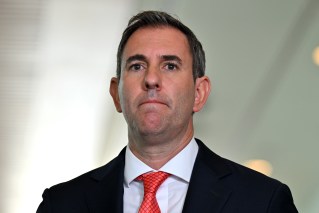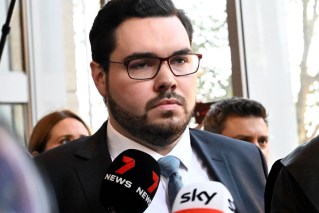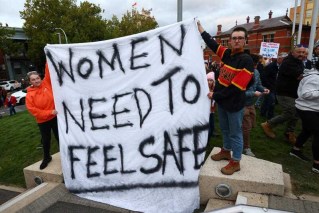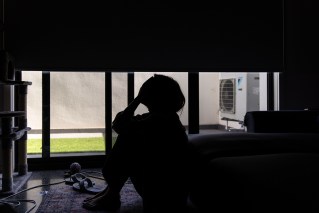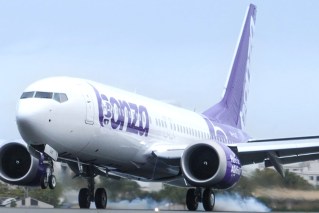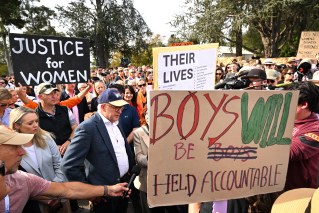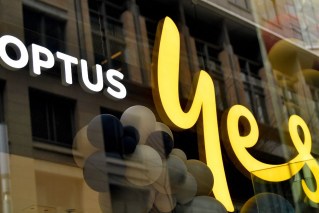Why Australia shouldn’t fund private schools

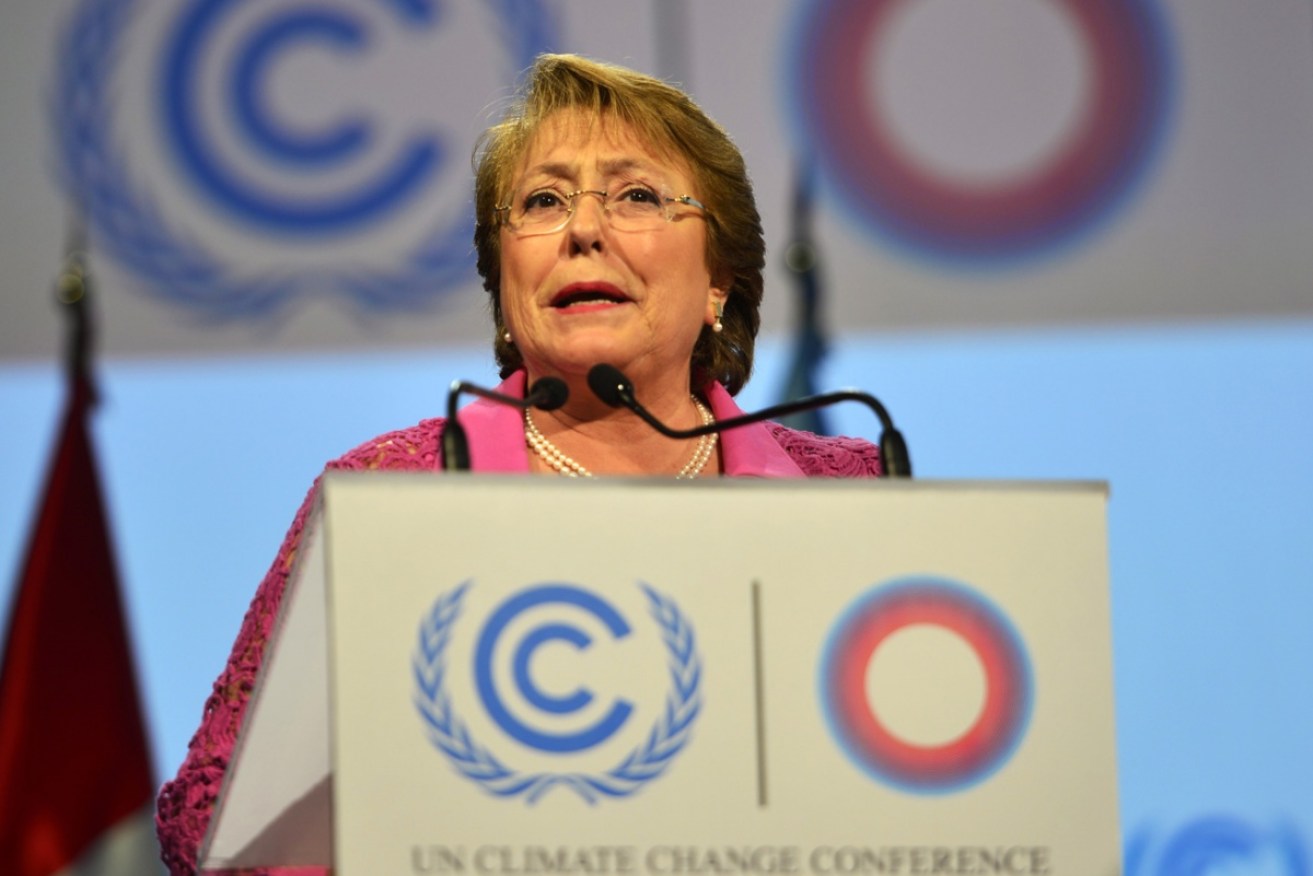
Getty
Australia is one of the very few countries in the OECD that publicly funds private schools.
More than 40 per cent of Australian secondary children now attend private schools – either so-called independent or religious schools. Australia has one of the most privatised school systems in the OECD.
• Private school? That’ll be $500k
• Public vs private school: Why it doesn’t matter
• Is it worth sending your kids to private school?
Prior to 1972 no private schools received any government funding whatsoever in this country. While most OECD countries have a private school system, very few of them receive public funding.
Think about England, the home of the elite private school, and the exclusive private schools in the USA: not one cent of taxpayer’s money goes into their budgets.
Chile’s divestment in private schools
It’s time to rethink this mistaken inequitable policy and, like Chile, stop all public funding to private schools and redirect it to disadvantaged public schools.

Chilean President Michelle Bachelet. Photo: Getty
Chilean President Michelle Bachelet announced a radical set of educational reforms last year that will dismantle the market-based approach in primary and secondary schooling.
Due to the market structure imposed in the 1980s by Chilean dictator Augusto Pinochet, the education system is the most socioeconomically segregated in the OECD, favouring private, for-profit schools with nearly 52 per cent of enrolled students attending them.
The same thing has occurred here in Australia – not imposed by a dictator – but under our very noses.
These Chilean reforms include the end of public funding to private, for-profit schools, to make all primary and secondary education free of charge, and prohibit contested selective practices used in school admission processes.
Their education reform bill is an upheaval of the system in order to change the benefits of education from being for an affluent minority to the deserving majority.
These reforms are to be paid through new taxes on the wealthy and business.
So where is our (public) education money going?
New figures from the Productivity Commission show that government funding increases between 2008-09 and 2012-13 massively favoured private schools over public schools.
Funding for private schools in Victoria, for example, increased by 18.5 per cent per student, or eight times that of public schools.
Across Australia, the dollar increase for private schools was nearly five times that for public schools. The average increase for private schools was A$1,181 per student compared to only A$247 for public schools.

Public school students with disabilities receive far less funding. Photo: Shutterstock
Other research indicates clearly that the equity gap between our school systems has continued to grow since the Gonski review in 2011.
Each private school pupil now receives, on average, a non-means-tested public subsidy of over A$8000 per year at the expense of the less privileged public school student. So much for the end of the age of entitlement.
In addition, pupils with disabilities in public schools receive A$12,000 of extra support while those in private schools get over A$30,000.
Do private schools outperform public schools? Is there a return on this public investment?
Parents can spend up to A$30,000 a year on private education.
According to the Australian Scholarship Group, the forecast cost of sending a child to private school in Melbourne is $504,000 over 13 years of schooling after tax, in addition to the massive public subsidy these schools receive.
A new analysis of school NAPLAN test results shows that the results in like public schools are just as good as those in private schools. The analysis reported:
The often-presumed better results of private schools are a myth. Public schools are the equal of private schools. Public, Catholic and Independent schools with a similar socio-economic composition have very similar results.
Other research found similar results for HSC in NSW:
If you’re just looking at academic results, it probably isn’t worth paying all that money for an elite private school.
But don’t private schools save public money? We all pay taxes!
The private school lobby often makes this spurious claim alongside the claim that those who choose private schools already pay taxes so should receive at least a contribution from their taxes to pay for that education choice.
Independent Schools Victoria claims that sending a child to a private school is actually a saving to the taxpayer of A$5000 per student.
This is akin to the Automobile Chamber of Commerce suggesting the use of private cars not only saves public money on public transport but actually wanting their members to receive a subsidy on the purchase of their new Mercedes or BMW.
Similarly, no one believes that those choosing to use private toll roads should receive a subsidy for the use of the toll instead of driving on the public and free road system that their taxes have funded.

The disparity between school funding is a “national disgrace”.
The massive ongoing disparity in funding increases for public and private schools is a national disgrace and scandal.
The learning needs of disadvantaged students are being ignored by the priority given to funding more privileged sections of the community.
Unacceptably large percentages of low socio-economic status, Indigenous and remote area students do not achieve national standards in literacy and numeracy. There are huge achievement gaps between rich and poor schools.
More than 80 per cent of low socio-economic and Indigenous students are enrolled in public schools. Only the full implementation of the Gonski recommendations would ensure that we improve educational outcomes in our under-resourced public schools without additional drain on the budget bottom line.
Given there is an ever-shrinking tax base, we need a discussion about gradually reducing public funding to private schools by 25% every four years until it is zero.
This should give these schools time to get their budgets in order. Prior to 1972 they were doing quite well without public support.
Chile plans to present further legislation to Congress that would bring the country’s public schools, currently run by local municipalities, under direct control of the Ministry of Education. The legislation would also establish a national teaching policy and make higher education free to all but the richest families.
On the signing of the education reform bill, President Bachelet said:
Today we are fulfilling what we promised Chile, to begin a process of deep transformation of our education system, which will ensure quality, gratuity, integration and an end to profit-making in education. It is not fair that the resources of the Chilean people, instead of enriching our education, enriches private individuals.
If only such a commitment would be made by Australia’s political leaders.
This article was originally published on The Conversation.
